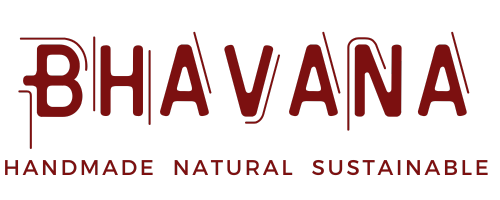History:
Dimapur is located in Nagaland, in North East India. Nagaland is a beautiful mountainous state bordered by the countries Bhutan, Bangladesh, Myanmar and China. It is home to 16 distinct hill tribes for whom Back-strap loom woven textiles are an integral part of their cultural identity. Di means “water”, ma means “large” and pur means “city”, translating to “Big-river-city”, associated with the meaning of “Kachari” which is “people of the river valley” and after the river “Dhansiri” which flows through it.

The textile designs for different tribes are distinct and till date, they value their cultural weaving traditions. Each of the woven textile designs has a cultural context that can be related to the identity of a tribe, the status of the wearer and even their achievements. It can be said that the weaves of Nagaland are a cultural expression for the weaver and wearer alike.

Hand loom weaving is one of the largest family based traditional industries of Nagaland. There is a vast number of products matching with varied culture, languages and dialects. Among many Naga tribes, the origin of spinning and weaving is believed to be associated with supernatural beings inspiring them to invent the art of weaving.

Creating textiles at home has been a traditional activity for the tribes for generations, passed over from mother to daughter. Weavers depending on their weaving skill fit into different ranks in society. It was also viewed as feminine. Naga girls expressed their love and care for their beloved by presenting them with woven products. Skills in weaving was one of the criteria used in the selection of mates for marriage. Thus, the act of weaving had an entire social system built around it and was considered pivotal in socialization.

Process:
Weaving in Nagaland is done exclusively by women, unlike other parts of India, using a back-strap loom. This type of loom is cheap, portable and can be operated by a single woman. The back-strap loom ( also known as Loin loom) is smaller and the maximum width that can be woven is 21”. Hence, it is suitable for creating panels for Table runners, cushions, placemats, bags etc. The panels are often sewn together to create larger items like bed sheet covers etc.

Although the back-strap loom device is simple, sophisticated designs and motifs are made by it and have symbolic meanings. The designs are hard earned.
Equipment that a traditional weaver used on back-strap loom. They are known as:
Dekre- Sword beater
Diphe - Weft shuttle
Dine/ Diso - shed stick
Kulo - Yarn
Khosheso - design batten
Sothu - stabilizing stick
Dipa - roll up rod
Shepo - backstrap
Dinyi - Heddle
Dipo - loombar

The traditional Naga attires employed feathers, cowries and other shells, bamboo, bone, beads, fur, ivory, red-dyed goat’s hair and different types of native textiles. In every Naga tribe, there are also certain shawls which mark rank and status. There are also some special motifs that were used only in these special shawls of high societal status such as the elephant, which was a symbol for strength, abundance and prosperity.
Each traditional motif has a cultural tradition and story to tell relating to the social and traditional heritages. The motifs were a mark for a person’s success in life, wealth, history of offering feasts of merit and participation in raids. Thus, the motifs created by the back-strap loom all were symbolic. Examples of this include motifs used by Chakhesang women
Spear - symbolizes bravery especially during war
Diamond - (Also called Khunyopi) symbolizes aesthetic beauty and auspicious things
Nu kongra - (V shape) symbolizes war weapons and flesh (Symbolised death).

Current Status
Today, despite hardships, Back-strap loom weaving is still practiced by women even though they have had to switch to cheaper yarns such as acrylic, rayon, polyester due to economic compulsions. The weavers have also started creating products for outside markets in their spare time for earning supplemental income. This has given women a new opportunity to also look at it as a professional practice using their traditional skills to earn supplemental income and for younger women to adopt it as a full -time occupation.

Bhavana Handlooms is proud to partner with Viko Ethnic productions; an all women weavers operation headed by Vekuvolu Dozo. We will be featuring custom wrap skirts, table runners, placemats etc. Veku practices back-strap loom weaving - a craft she inherited from her mother. She uses rare color combinations and motifs derived from old memories and likes to keep her designs simple and nostalgic.

